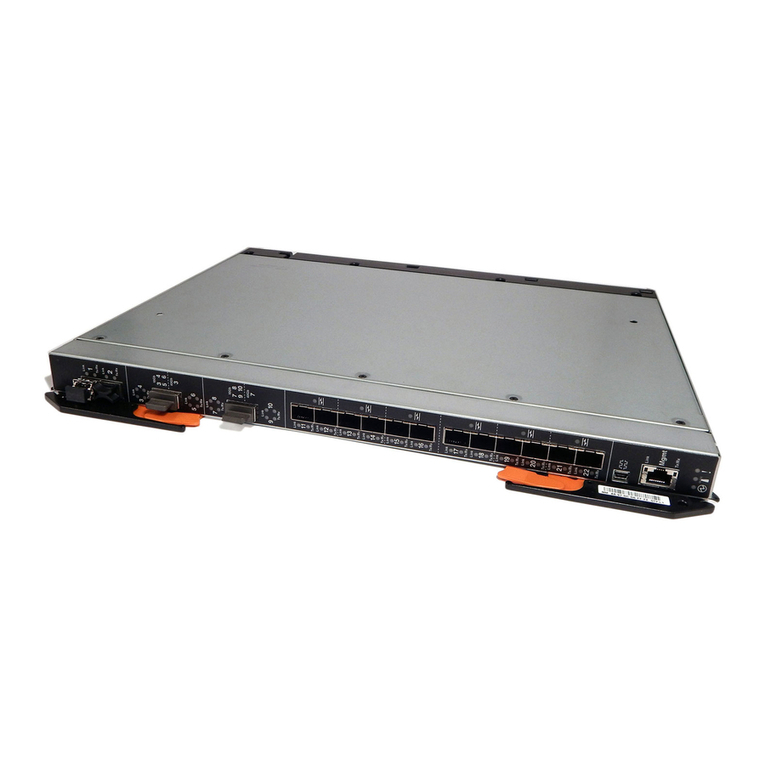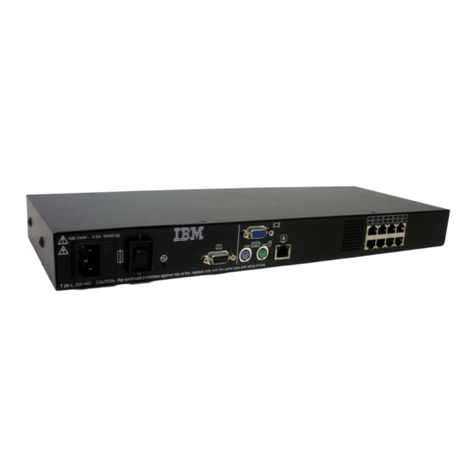IBM 6 MPLS User manual
Other IBM Switch manuals
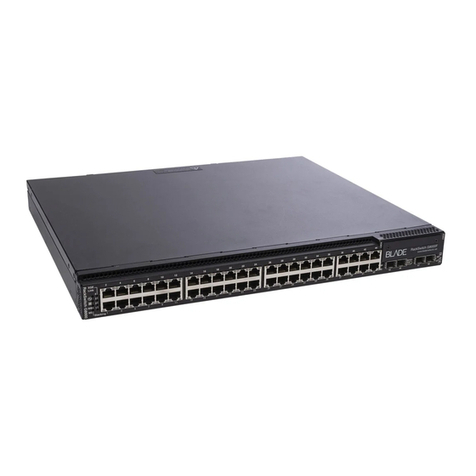
IBM
IBM RackSwitch G8000 User manual

IBM
IBM RackSwitch G8332 User manual
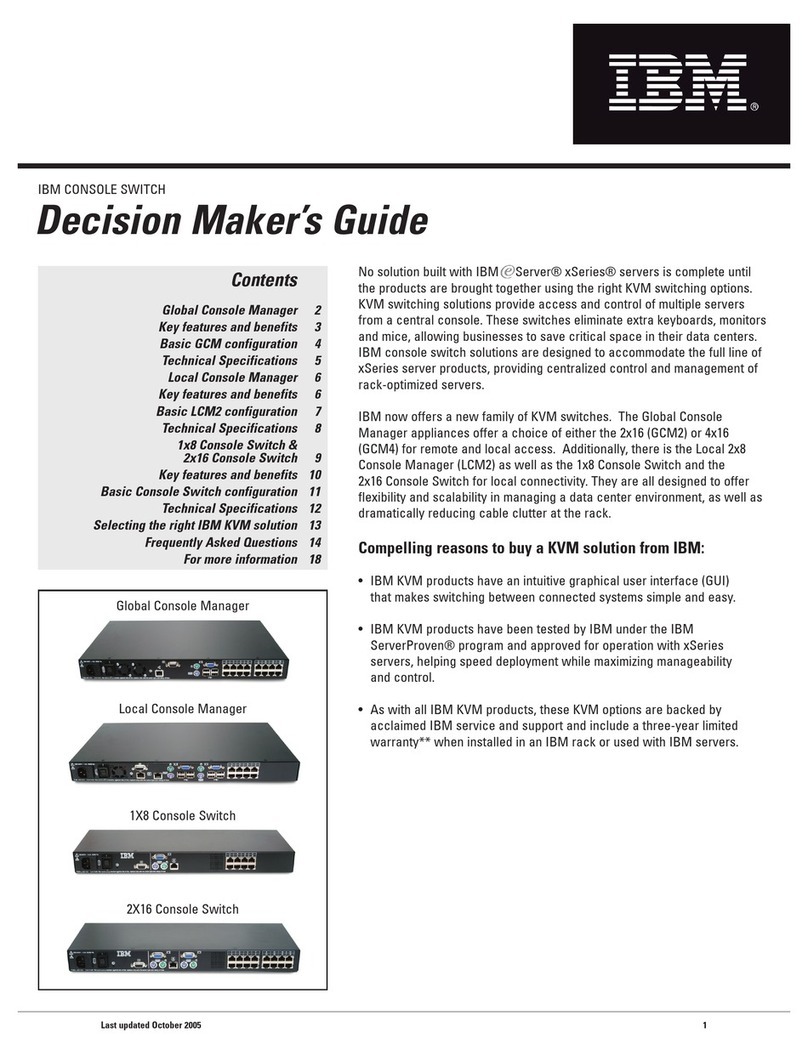
IBM
IBM Global console manager User manual

IBM
IBM 4002-Y2A User manual
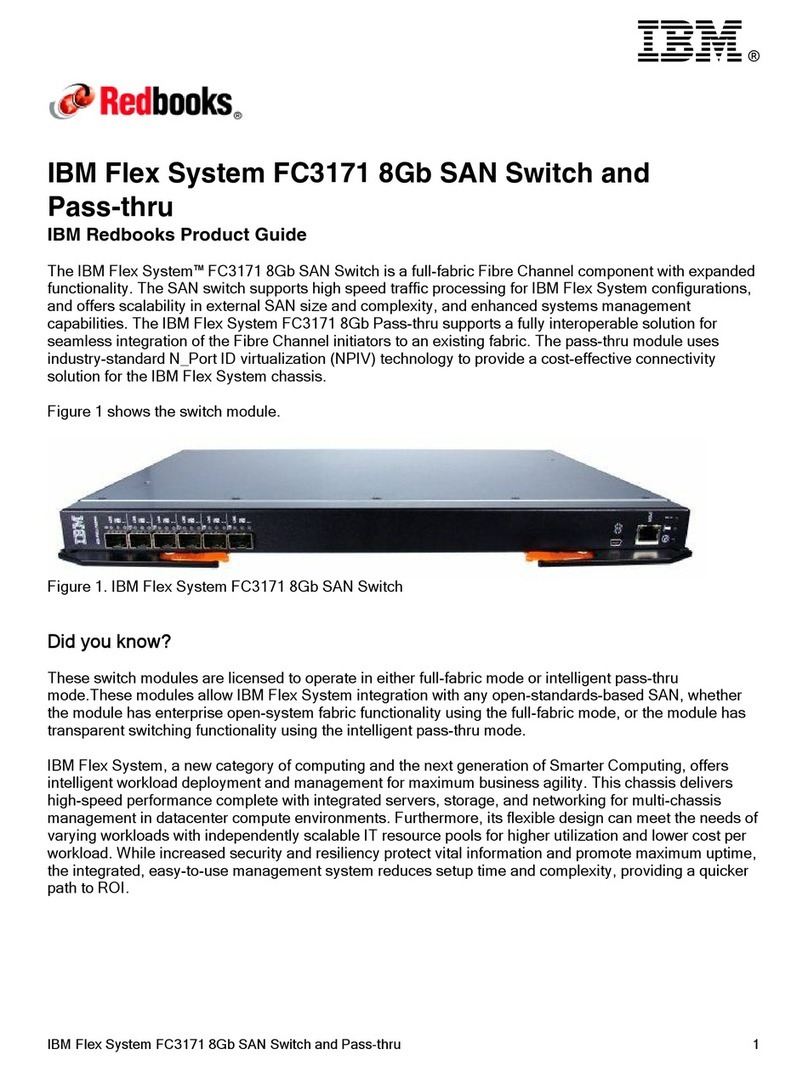
IBM
IBM Flex System FC3171 User manual
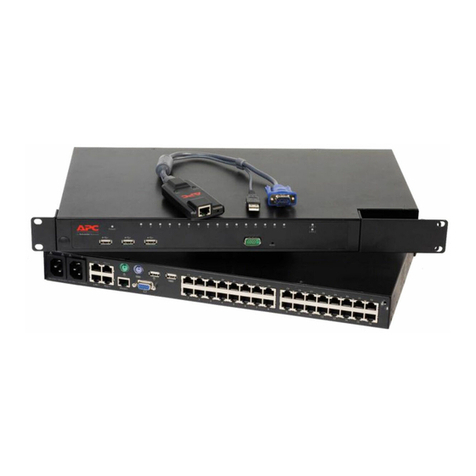
IBM
IBM 17352GX User manual
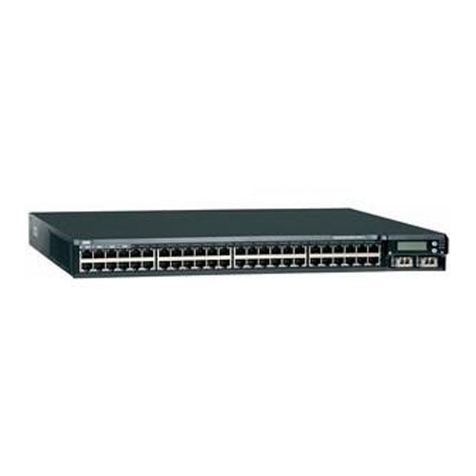
IBM
IBM J48E User manual

IBM
IBM 2498B24 - System Storage SAN24B-4 Switch Manual
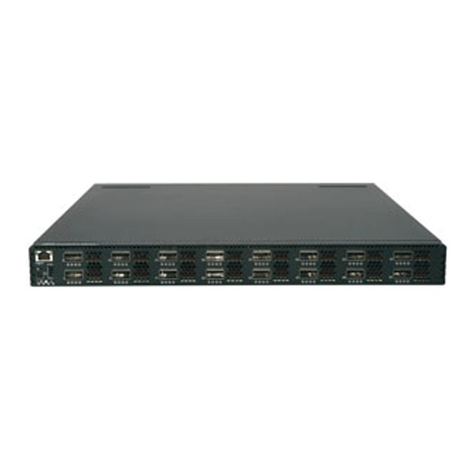
IBM
IBM G8316 User manual
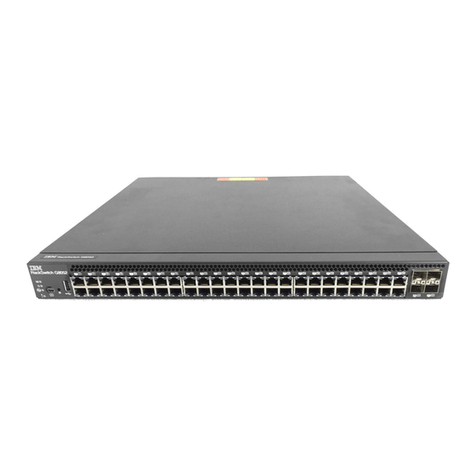
IBM
IBM G8052 User manual
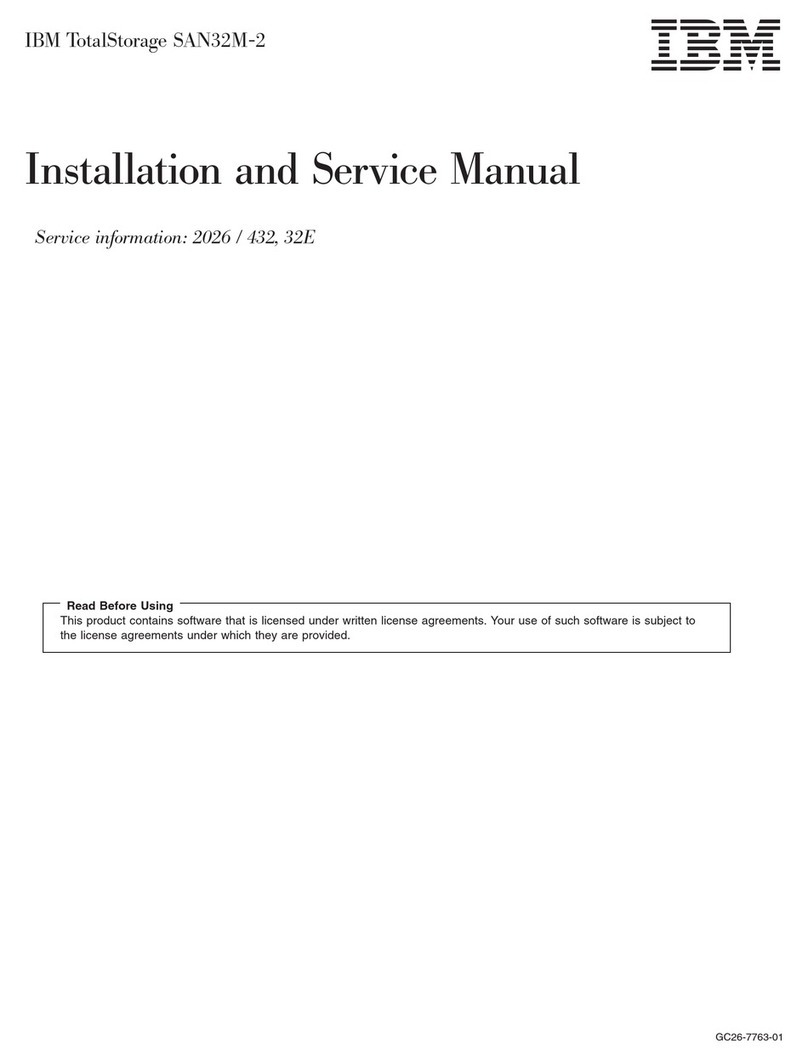
IBM
IBM SAN32M-2 Manual

IBM
IBM Flex System EN4023 User manual
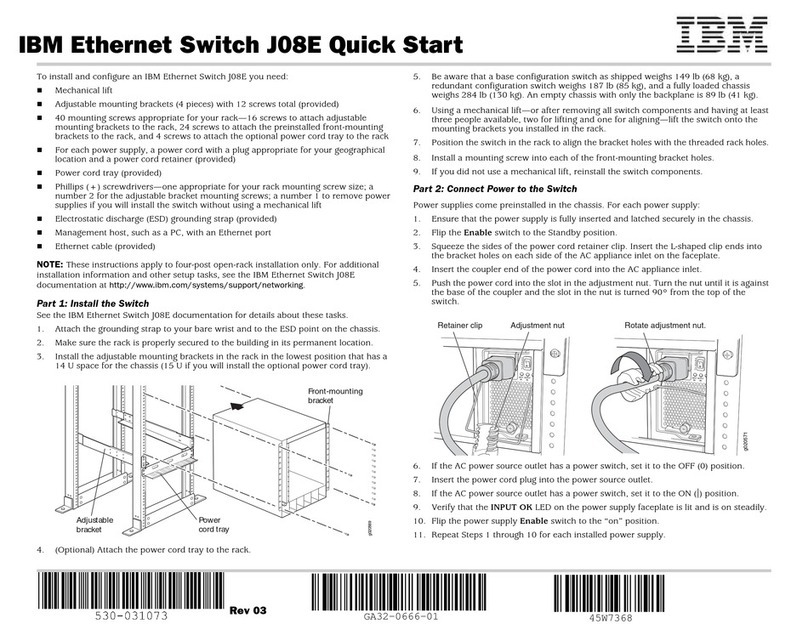
IBM
IBM J08E User manual

IBM
IBM Nways 8260 User manual

IBM
IBM RS/6000 SP User manual
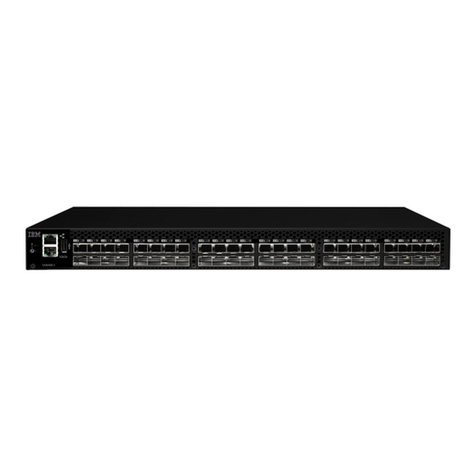
IBM
IBM SAN48B-5 Manual

IBM
IBM 4002-C4A User manual
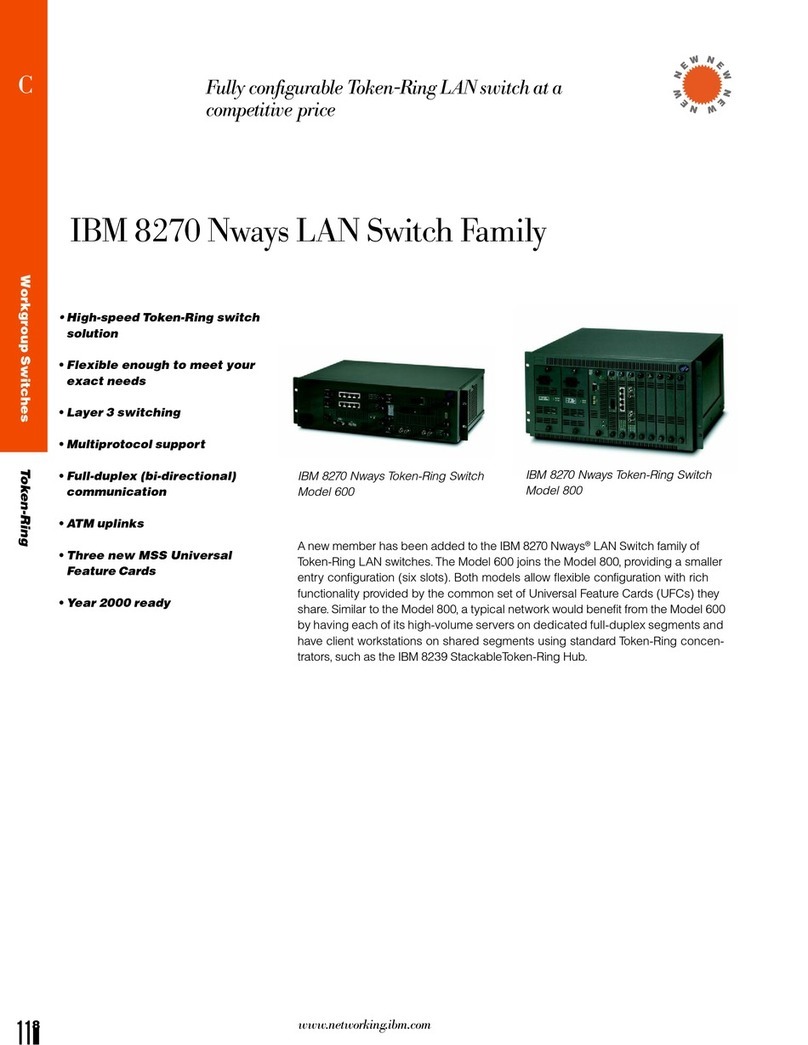
IBM
IBM ThinkPad 600 Operating and safety instructions
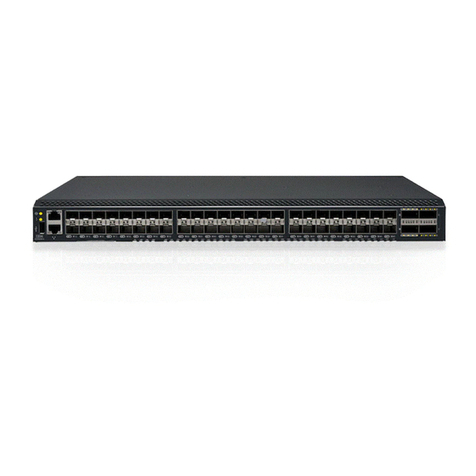
IBM
IBM 8960-F64 Manual

IBM
IBM SAN40B-4 - System Storage Switch User manual
Popular Switch manuals by other brands

SMC Networks
SMC Networks SMC6224M Technical specifications

Aeotec
Aeotec ZWA003-S operating manual

TRENDnet
TRENDnet TK-209i Quick installation guide

Planet
Planet FGSW-2022VHP user manual

Avocent
Avocent AutoView 2000 AV2000BC AV2000BC Installer/user guide

Moxa Technologies
Moxa Technologies PT-7728 Series user manual

Intos Electronic
Intos Electronic inLine 35392I operating instructions

Cisco
Cisco Catalyst 3560-X-24T Technical specifications

Asante
Asante IntraCore IC3648 Specifications

Siemens
Siemens SIRIUS 3SE7310-1AE Series Original operating instructions

Edge-Core
Edge-Core DCS520 quick start guide

RGBLE
RGBLE S00203 user manual

